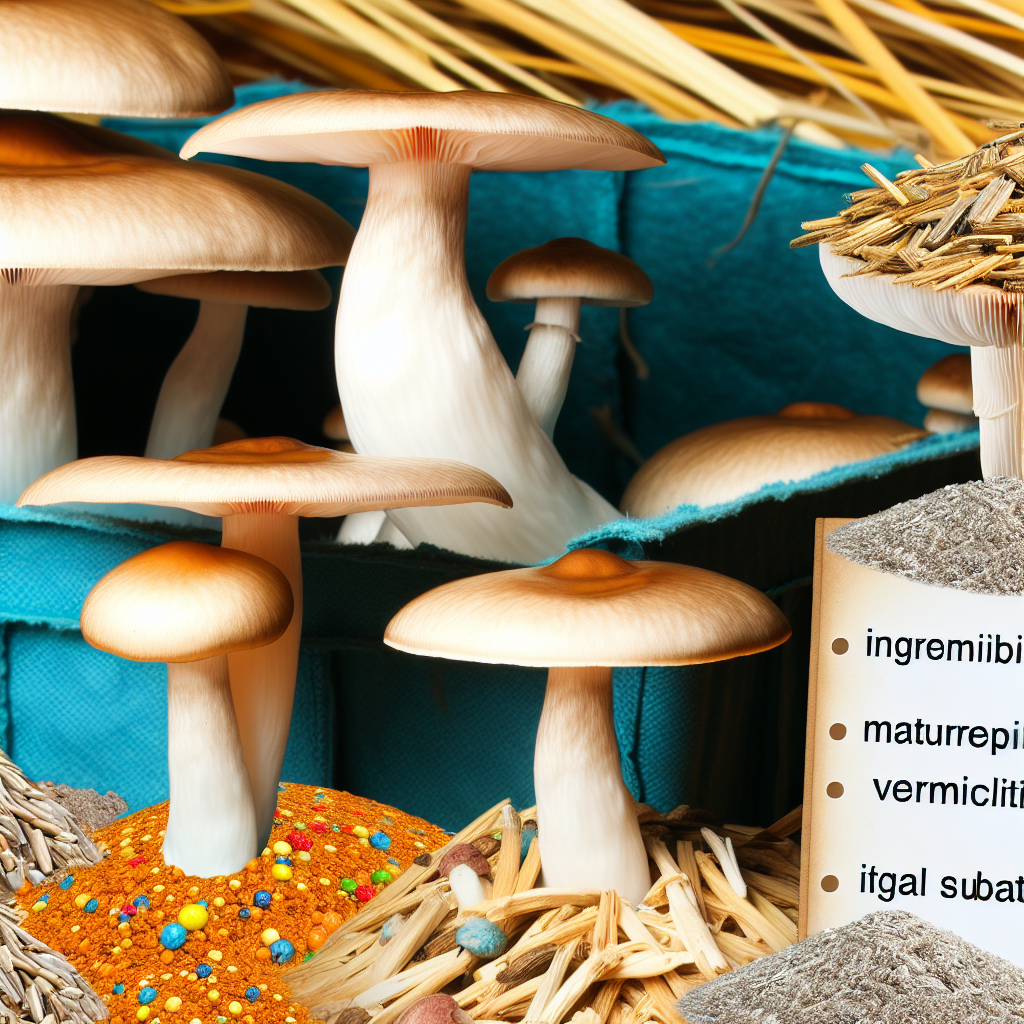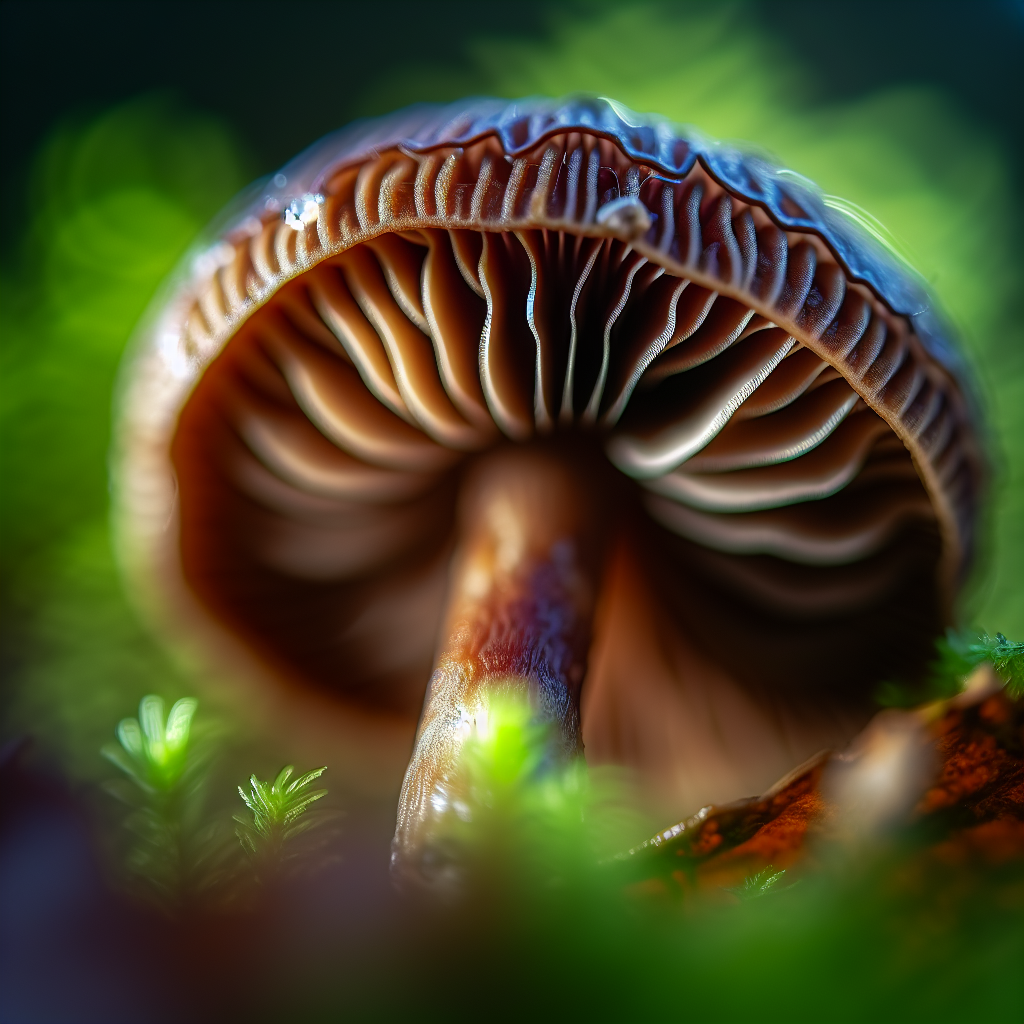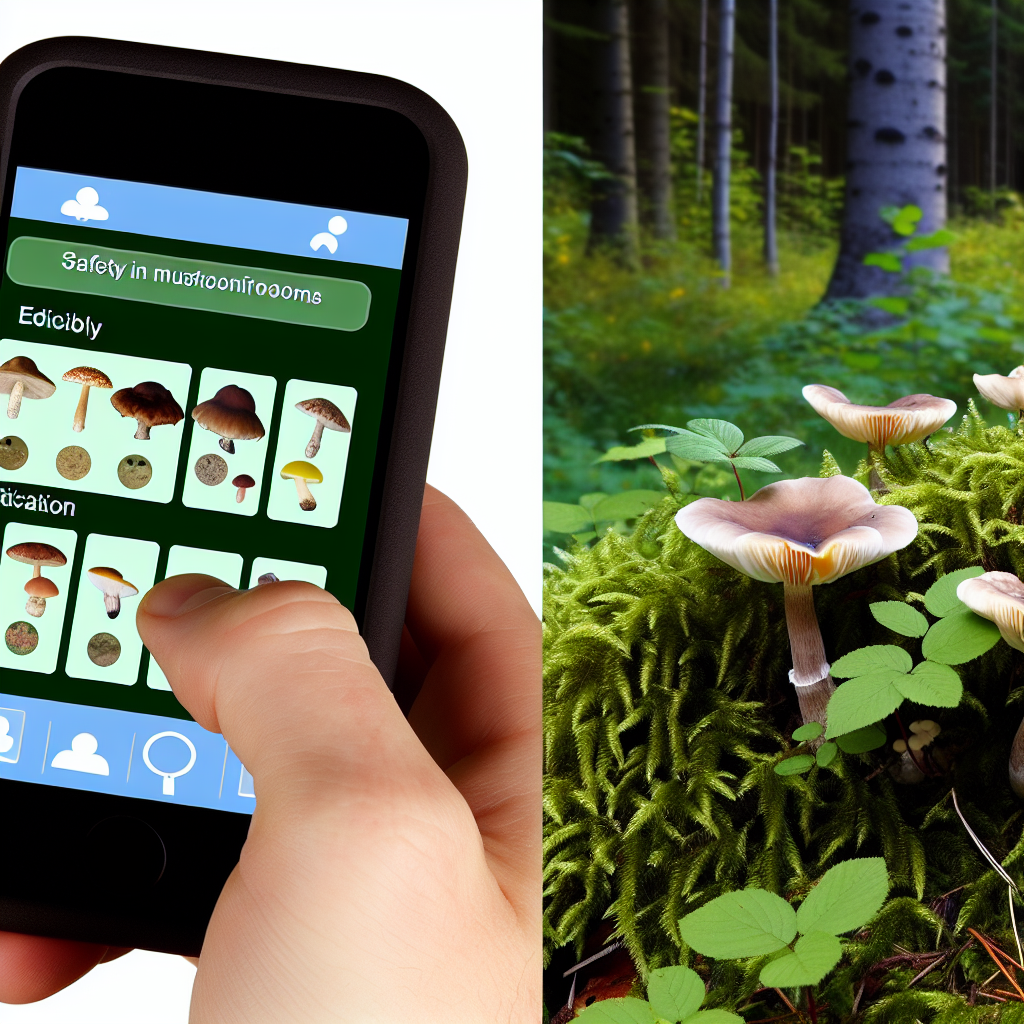**Best Substrate Recipes for High-Yield Psilocybe Cubensis Harvests**
Introduction
As the modern conversation around natural treatments progresses, psilocybin mushrooms—especially Psilocybe cubensis—are gaining attention not only for their therapeutic potential but also for their cultivation practices. With relatively fast growth cycles, accessible cultivation methods, and an increasingly supportive legal landscape for entheogenic therapies, many enthusiasts are turning to home-growing as a means of taking control of their wellness journey.
But producing potent, high-yield harvests of Psilocybe cubensis requires more than just ambient humidity and a few mason jars. One of the most critical aspects of successful mycology is the substrate: the nutrient-rich medium which supports mycelium development and fruiting body formation.
Science-Backed Strategies for Substrate Optimization
Scientific interest in mushroom cultivation—particularly in psilocybin species like Psilocybe cubensis—has surged in recent years. While many studies focus on the clinical uses of psilocybin, an emerging field of research is examining how substrate components may influence not only the yield but also the alkaloid profile of fruiting bodies.
A 2022 study published in the journal Fungal Biology examined how different substrates—ranging from coconut coir to dung-based mixtures—impacted the yield and potency of several psilocybe strains. Researchers found that substrates rich in nitrogen (like horse manure) and diversified in microbial life (like worm castings) produced higher yields and greater concentrations of psilocybin and baeocystin [source].
Another study from the University of Mississippi revealed that the substrate composition could significantly influence psilocybin stability during the drying and storage process. Substrates with better water retention, such as those combining coco coir and vermiculite, produced mushrooms with more consistent alkaloid profiles over time, suggesting post-harvest potency could be linked to grow medium [source].
Top 3 Substrate Recipes for Massive Psilocybe Cubensis Harvests
Below are proven substrate formulas widely used by cultivators for high-yield and high-potency Psilocybe cubensis grows:
1. Coco Coir + Vermiculite + Gypsum (CVG)
- 650g coco coir
- 2 quarts vermiculite
- 1 cup gypsum
- 4 quarts boiling water
This balanced, contamination-resistant substrate is a favorite for monotub grows. Coco coir holds water exceptionally well, vermiculite improves texture and moisture retention, while gypsum provides calcium and sulfur to strengthen mycelium health.
2. Horse Manure + Straw + Vermiculite
- 50% aged horse manure
- 25% chopped straw
- 25% vermiculite
This recipe closely mimics the species’ natural habitat. High in nitrogen and textured for good airflow, it’s ideal for large-scale indoor grows. Ensure proper pasteurization to minimize contamination.
3. Coffee Grounds + Worm Castings + Coir + Vermiculite
- 1 part brewed coffee grounds
- 1 part worm castings
- 2 parts coco coir
- 1 part vermiculite
Though more advanced due to a higher contamination risk, this nutritionally rich blend produces vigorous flushes and increased alkaloid expression. Always sterilize or pasteurize coffee grounds thoroughly.
Key Factors for Substrate Success: Moisture, Microbes, and pH
To achieve optimal growth and maximum yield, keep these substrate principles in mind:
- Hydration: Your substrate should reach “field capacity”—moist but not dripping when squeezed.
- Pasteurization: Properly treat manure- and coffee-based substrates to kill off harmful microbes while preserving beneficial ones.
- pH Levels: Maintain a slightly acidic to neutral environment (pH 5.5 – 6.5).
- Microbial Balance: Worm castings and gypsum foster beneficial microbial life essential for colonization and nutrient uptake.
Therapeutic Potential Begins in the Substrate
From a therapeutic angle, growing high-quality, potent mushrooms is a foundational step in ensuring consistent dosing for microdosing or psychedelic-assisted therapy. Institutions like the Johns Hopkins Psychedelic Research Center and MAPS emphasize the importance of standardized, controlled psilocybin doses—something that begins with the grower’s technique and substrate formulations.
Conclusion: Your Substrate, Your Success
Whether you’re just starting out or a seasoned cultivator focused on maximizing therapeutic results, optimizing your substrate mix is the single most impactful action you can take. A well-built substrate leads to healthier mycelium, better fruiting, and more potent mushroom crops—all of which are essential for safe, effective therapy and personal growth.
Start with science-backed recipes, learn from experience, and remember: in the world of mushroom cultivation, the magic begins at the substrate level.
References
- Fungal Biology – Substrate influence on yields and alkaloid composition
- PubMed – Alkaloid stability in substrates and drying methods
- Johns Hopkins Psychedelic Research
- Multidisciplinary Association for Psychedelic Studies (MAPS)
- The Third Wave – Mushroom Cultivation Guide
Concise Summary:
This article explores the science behind optimizing substrate formulations for high-yield and high-potency Psilocybe cubensis mushroom cultivation. It reviews top substrate recipes, key factors for success, and the importance of substrate quality for therapeutic applications like microdosing and psychedelic-assisted therapy. By understanding the role of substrate composition, growers can maximize their mushroom harvests and ensure consistent dosing for safe, effective psychedelic-based treatments.

Dominic E. is a passionate filmmaker navigating the exciting intersection of art and science. By day, he delves into the complexities of the human body as a full-time medical writer, meticulously translating intricate medical concepts into accessible and engaging narratives. By night, he explores the boundless realm of cinematic storytelling, crafting narratives that evoke emotion and challenge perspectives. Film Student and Full-time Medical Writer for ContentVendor.com




